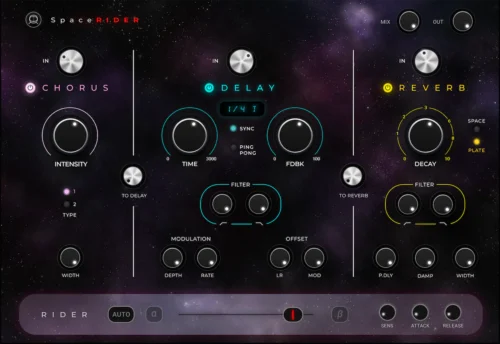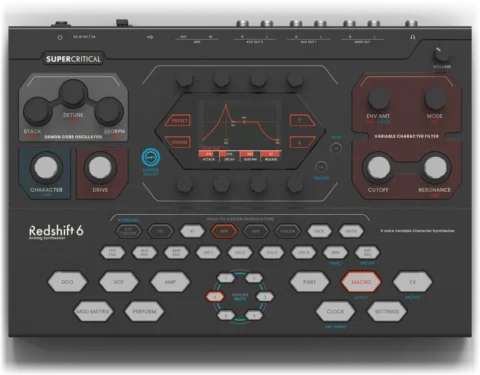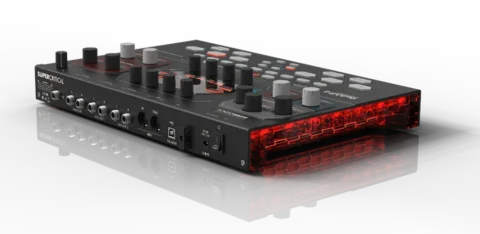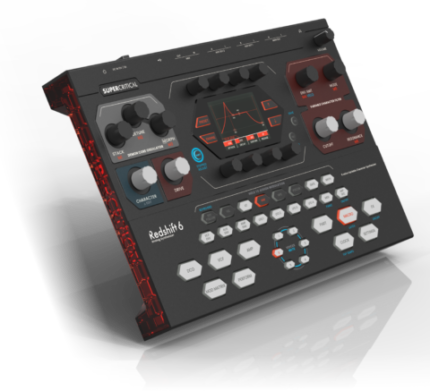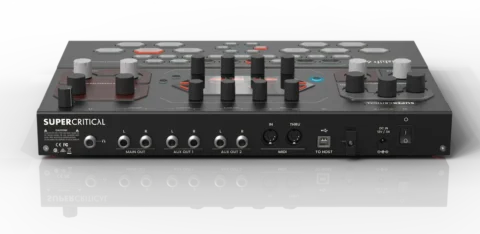2024 NAMM Show: AlphaTheta Corporation Announces the OMNIS-DUO Portable DJ setup
2024 NAMM: The Pioneer DJ parent company celebrates its new brand by throwing a party, and OMNIS-DUO is playing the tunes. AlphaTheta Corporation has been quick off the mark after announcing a new eponymous brand that will sit alongside its roster of Pioneer DJ products. One of the first new products off the mark is OMNIS-DUO, the “perfect” portable DJ setup to take to your next party. And its colour is inspired by denim jeans.
It is a big hello to AlphaTheta, a new brand that is spinning out of, but apparently not actually replacing the Pioneer DJ brand.
As well as being a flexible and portable DJ setup that can fit in a backpack, OMNIS-DUO sports a distinctive indigo colour which is, yes really, inspired by denim jeans. That’s because, says AlphaTheta, “it looks at home in professional venues and casual environments”.
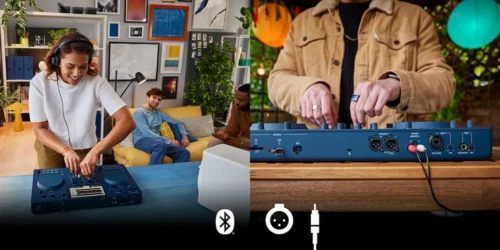
OMNIS-DUO is lightweight and portable enough to be taken anywhere – it can be powered by batteries if you wish – and can even be used outside, according to AlphaTheta. It has Bluetooth connectivity, so anyone with a phone can chip in with their favourite tunes, and there’s plenty of connectivity around the back. As well as offering two mic inputs, you can also plug into decent sized PA systems using XLR connections, or simple speakers with its RCA terminals.
You can play music from a variety of sources, as well. OMNIS-DUO supports USB Type-A drives, and SD cards can be plugged straight into it. Alternatively, link up to a Mac or PC via USB-C and use the rekordbox Performance mode. There’s also a Wi-Fi option, for doing all of the above wirelessly.
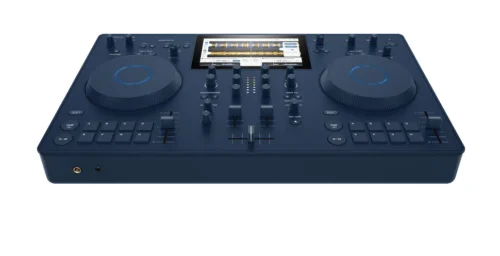
OMNIS-DUO has a touchscreen in the centre that operates in either Light or Dark mode, depending on whether you are indoors or out, and the batteries should give you five hours of operation before needing a recharge by mains or USB.
Onboard controls include an EQ, effects (eight Beat and six Colour), tempo change, eight hot cues, and scratching, so there should be enough options to sound ‘pro’ while you are playing on the beach.
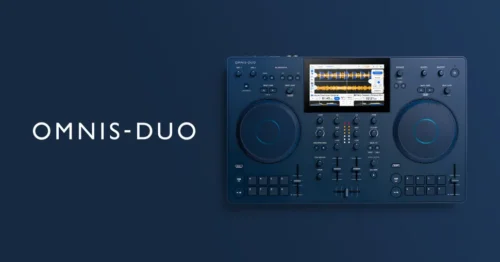
The OMNIS-DUO is price $1,499.00 There’s more info at the AlphaTheta website.
